The Kanshudo Blog
Welcome to the Kanshudo blog! The most recent entries are displayed here; click on any headline to read the full post. Older posts are linked from the bottom of the page.
NEW!
Search the blog using Site search. Enter 'blog' as one of your keywords to restrict your search to blog posts. For example: blog blog kanji blog grammar
You may also be interested in recent additions to our reference library of Japanese grammar and POI (points of interest).

It's the time of year to celebrate, and here's something worth celebrating: get 50% off a year of Kanshudo Pro in our holiday sale! Let Kanshudo help you improve your Japanese by leaps and bounds in 2026.
Take advantage of this very special holiday offer now: Give me 50% off!
Kanshudo is the most comprehensive and effective online platform for learning Japanese. Kanshudo will take you from absolute beginner all the way to seasoned expert, with tools and material that support every learning style. Join over 260,000 Japanese learners and take advantage of:
- JLPT Resource Center: take timed JLPT tests, practice individual question types, and study curated lists of content
- Personalized study sessions, utilizing over 20 different learning exercises, from your learning dashboard
- Unlimited flashcards
- Lessons for all levels of learner: Beginner Lessons, Intermediate Lessons, and our growing library of Topic Lessons
- Visual progress indicators tracking your knowledge of kanji and kana, vocabulary and grammar, as well as illustrating your progress with a journey through Japan's geography and history
- A comprehensive Japanese grammar reference library
- A conversational AI grammar tutor
- An AI sentence correction tool
- The most comprehensive Japanese dictionaries online
- Optional access to nearly 600 in-depth kanji essays from our partner Joy o' Kanji
Take advantage of this very special holiday offer now: Give me 50% off!
Take advantage of our newest feature, the JLPT Resource Center. One of the largest additions to Kanshudo, the JLPT Center enables you to take timed JLPT tests, practice all of the various question types individually, and study curated lists of content for the JLPT. Supercharge your ability to study for the JLPT with Kanshudo!
2025 has been a huge year for Kanshudo with many additions to the system:
- The new JLPT Resource Center
- A fun new game, Kanji Pop
- Our new AI-based grammar tutor, TeachMe
- Over 40 new Joy o'Kanji essays and 20 new Thematic Bundles
- Over 300 new comprehension quizzes, a new learning tool
- 280 new and updated grammar points
- Several new topic lessons
Take advantage of this very special holiday offer now: Give me 50% off!
Kanshudo will help you master kanji, hiragana, and katakana, along with Japanese grammar and vocabulary, as fast, effectively, and enjoyably as possible! Kanshudo is used by over 260,000 Japanese learners, with proven results. Act now and get Pro access for less than 25 cents per day! Valid for any annual plan (Kanshudo, Kanshudo + Joy o' Kanji, Kanshudo + AI) for users without a current Pro plan.
Posted: 2025-12-03,
Tags:
jlpt

We are delighted to announce that after almost two years of work, the Kanshudo JLPT Resource Center is now live!
The JLPT Resource Center will supercharge your preparation for the JLPT - the Japanese Language Proficiency Test. It brings the following key features:
- Timed tests: take actual past JLPT tests, under test conditions, and see what you got wrong and what you got right
- Question practice: practice individual question types using the exact style of question used in the actual tests administered twice annually
- Curated content lists: view lists of kanji, words and grammar used in the JLPT, and view a summary of your current knowledge
- Flashcards: automatically generate flashcards for all JLPT material, and study them using Kanshudo's powerful and flexible flashcards system
- View progress: see visual feedback of your knowledge of JLPT material, and get an overall assessment of your progress towards the next exam!
The JLPT Resource Center can be accessed in several ways - you'll see a new icon, , in the main menu bar. Additionally, you can find a link in the STUDY menu. As with all Kanshudo features, you can also just search - just type 'jlpt' into Quick Search.
This has been a huge project for Kanshudo - the N5 question practice system alone involves thousands of pieces of content, and fourteen new exercise types matching the style of JLPT questions. We believe this will make studying for the JLPT dramatically easier and more effective. To the best of our knowledge, there is no better way to study for the JLPT exam.
Currently all features for N5 study are live, and timed tests are available for N5 through N2. We're going to be introducing more N5 content, as well as remaining content and tests for additional N levels, steadily in coming weeks and months.
Let us know how you get on with the feedback form at the bottom of the JLPT Resource Center!
Posted: 2025-11-26,
Tags:
joy-o-kanji
kanji
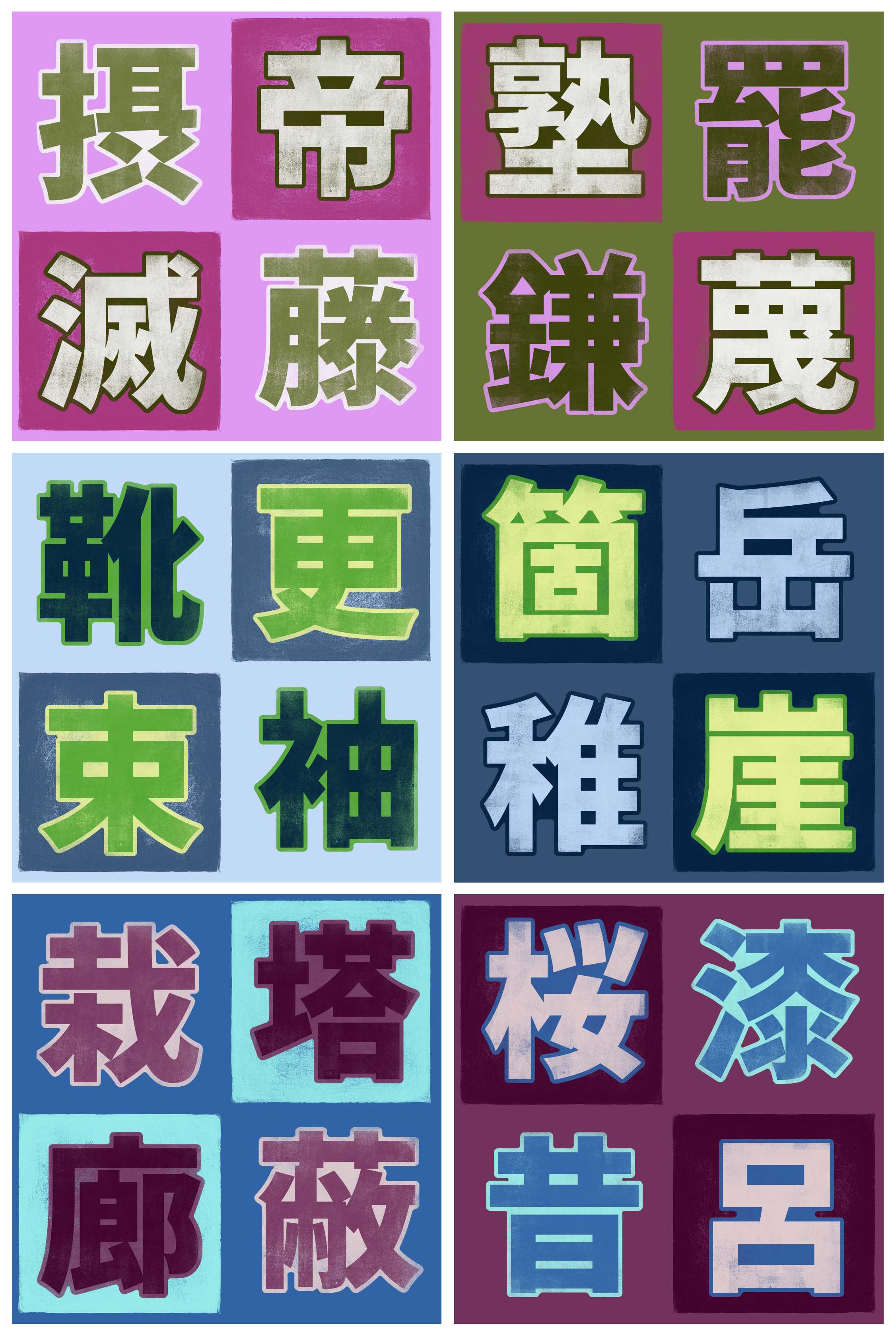
Twenty-four essays collectively bring the Heian era (794–1185) to life, throwing the spotlight on shifting political power and on inequity so blatant that it recalls the French Revolution. The bundles also examine significant changes in the religious realm (for better and for worse), as well as advances in clothing, architecture, and literature.
72
Heian-Era Clans in Control
摂 帝 滅 藤
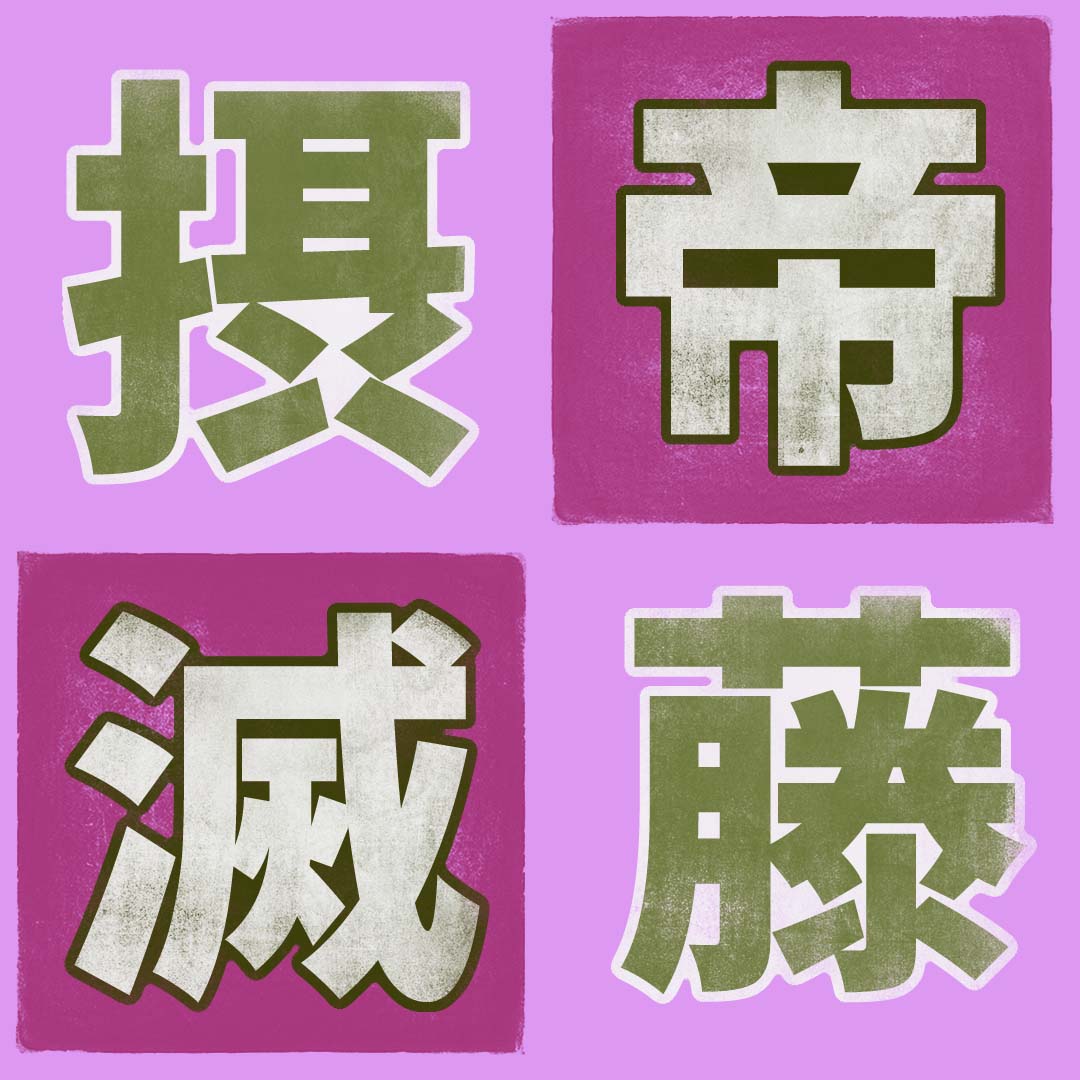
73
Heian-Era Nobles Living Their Best Lives
塾 罷 鎌 蔑
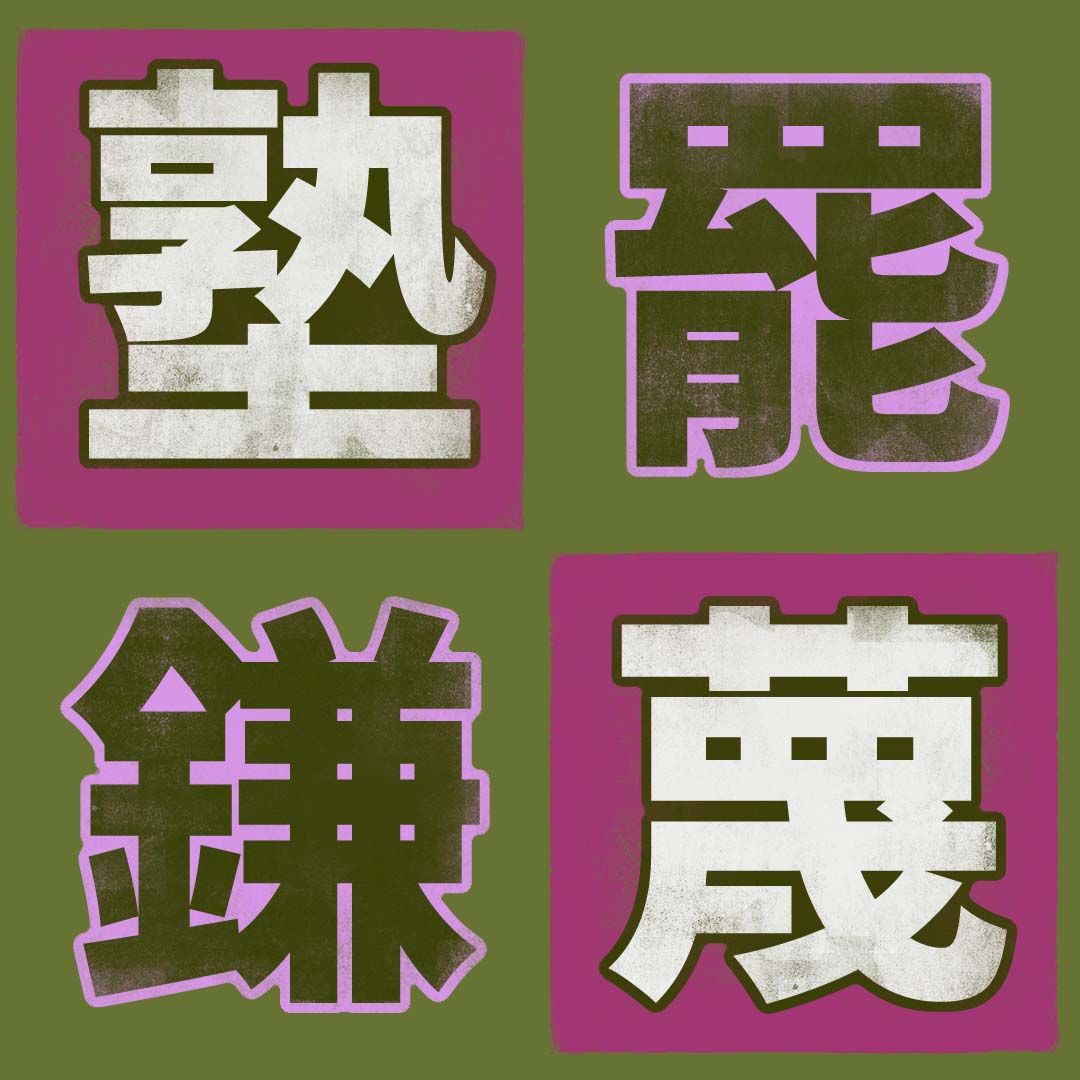
74
Strangling Sartorial Rules in the Heian Era
靴 更 束 袖
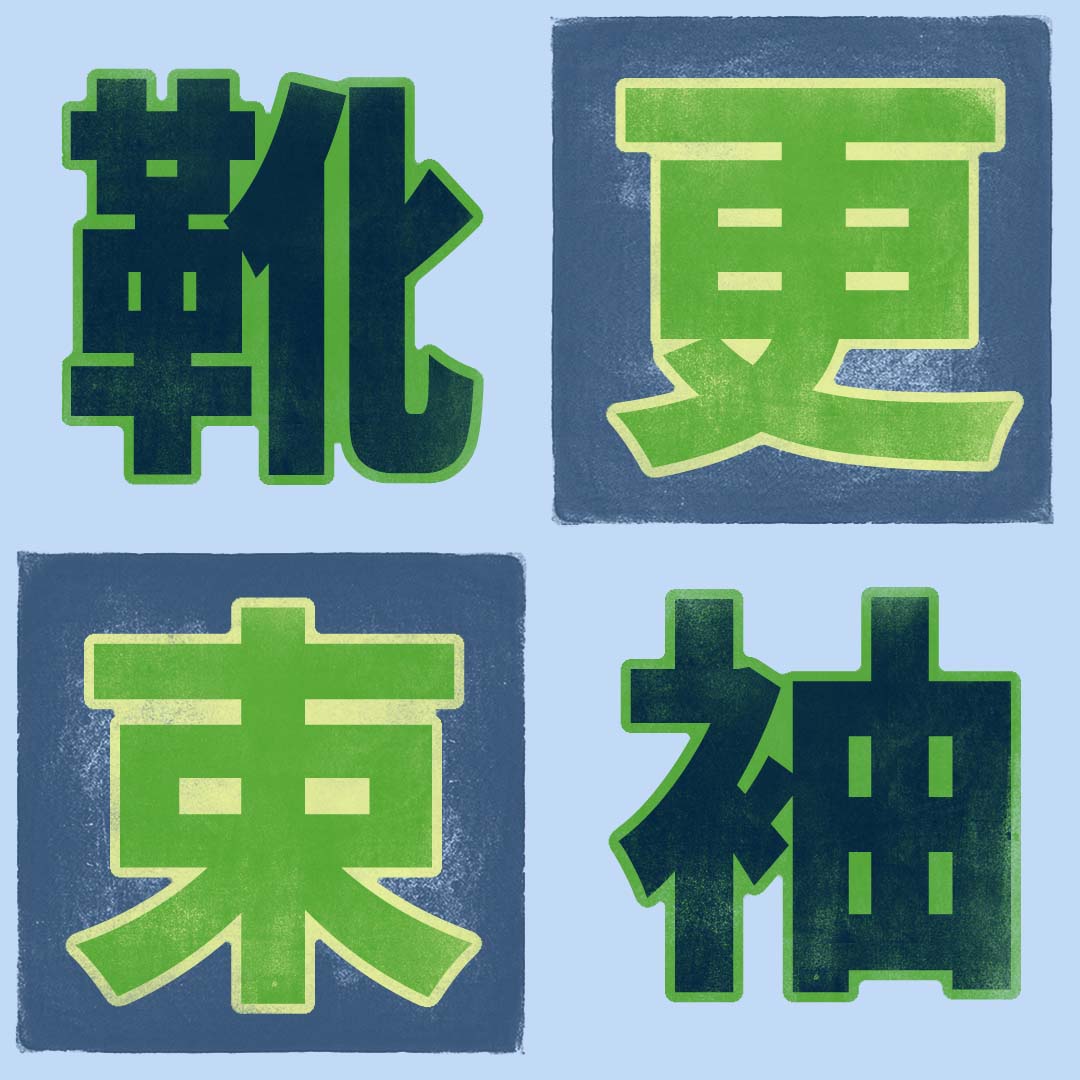
75
Heian Piety and Problems
箇 岳 稚 崖
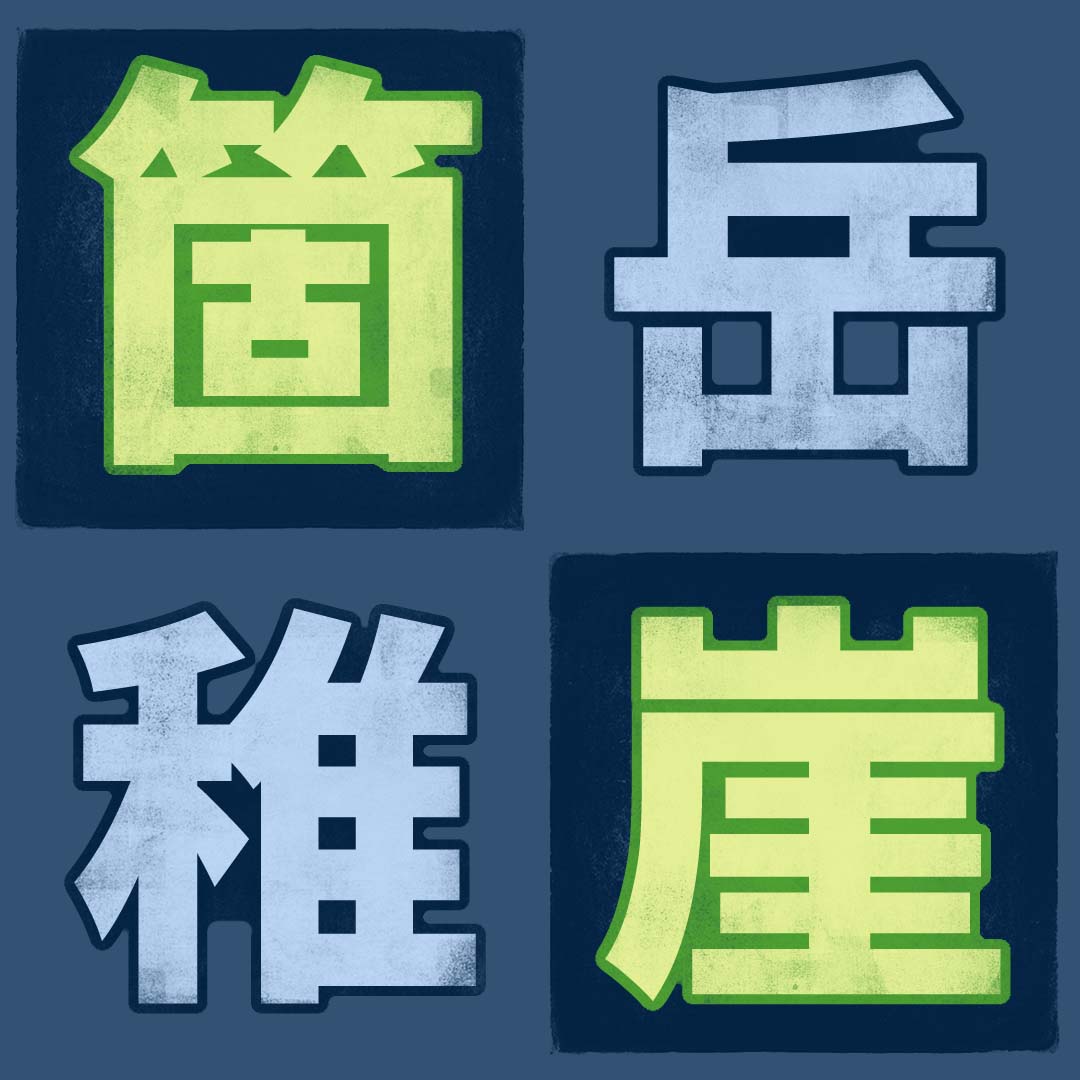
76
Heian Architecture, Both Grand and Practical
栽 塔 廊 蔽
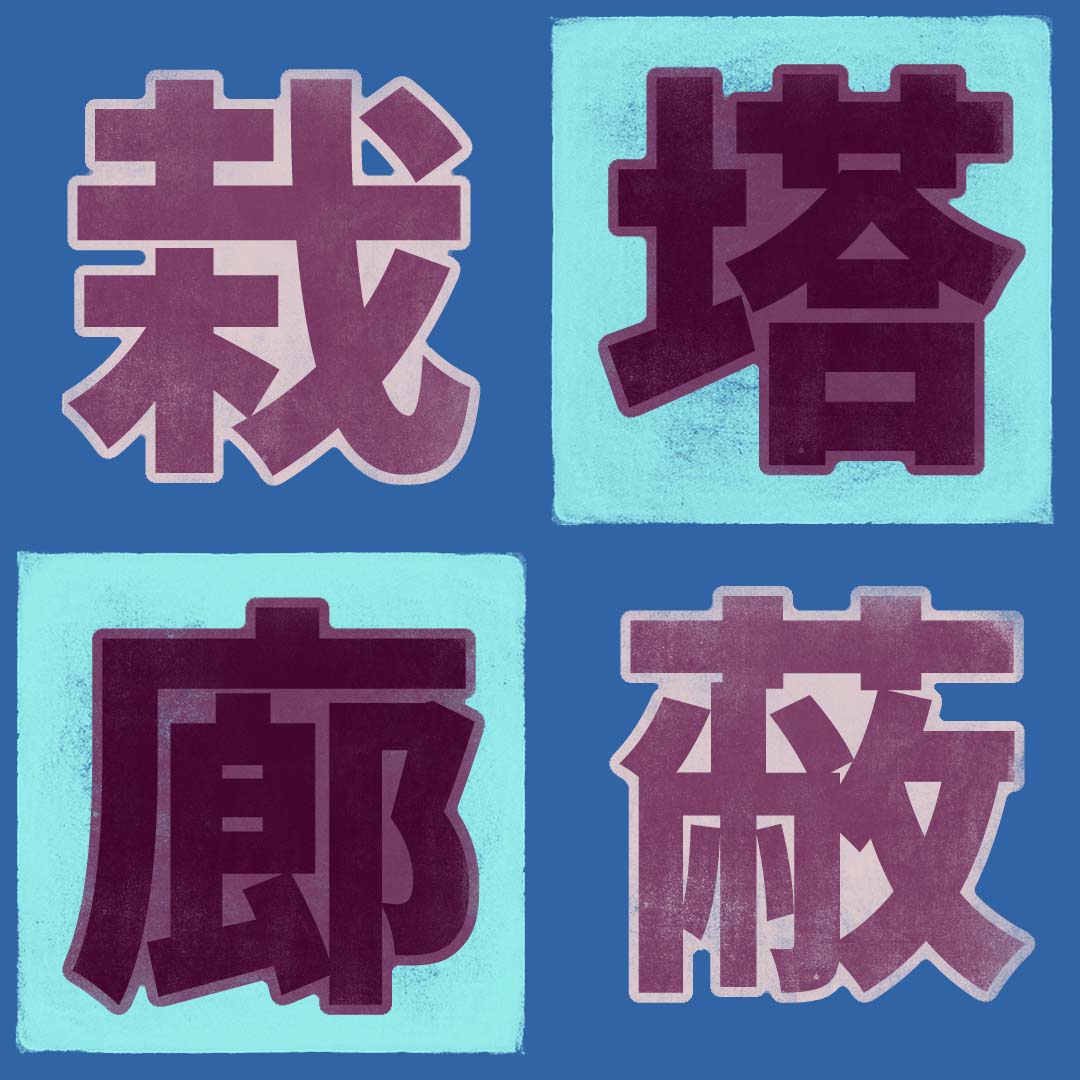
77
Heian-Era Literary Firsts
桜 漆 昔 呂
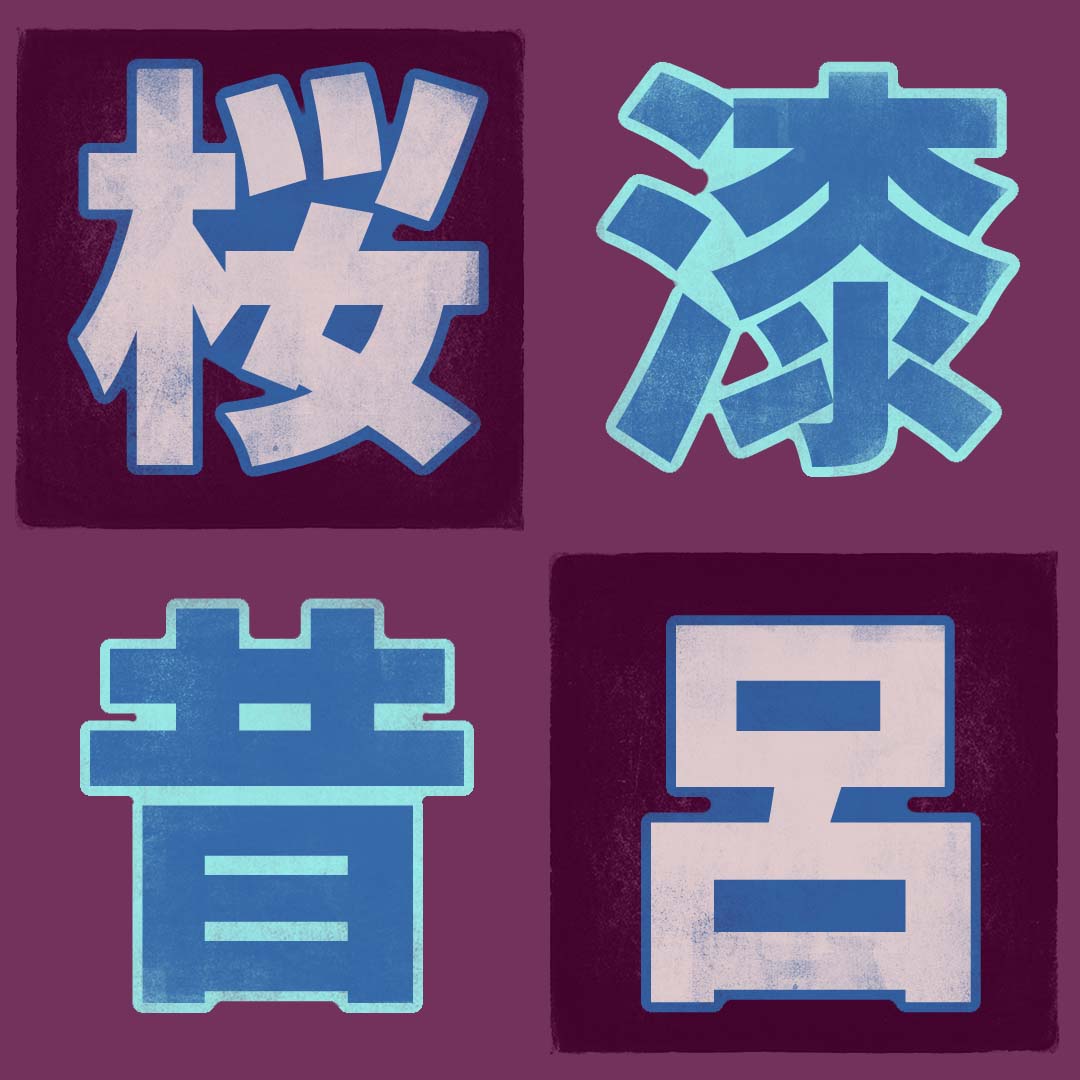
Posted: 2025-10-29,
Tags:
joy-o-kanji
kanji

Four essays collectively show how Japanese culture began to flourish in the Asuka and Nara eras, and another bundle demonstrates the unthinkable power that governments wielded over citizens at that time.
70
Asuka-Nara Flourishing of Culture
琴 墨 隆 奈
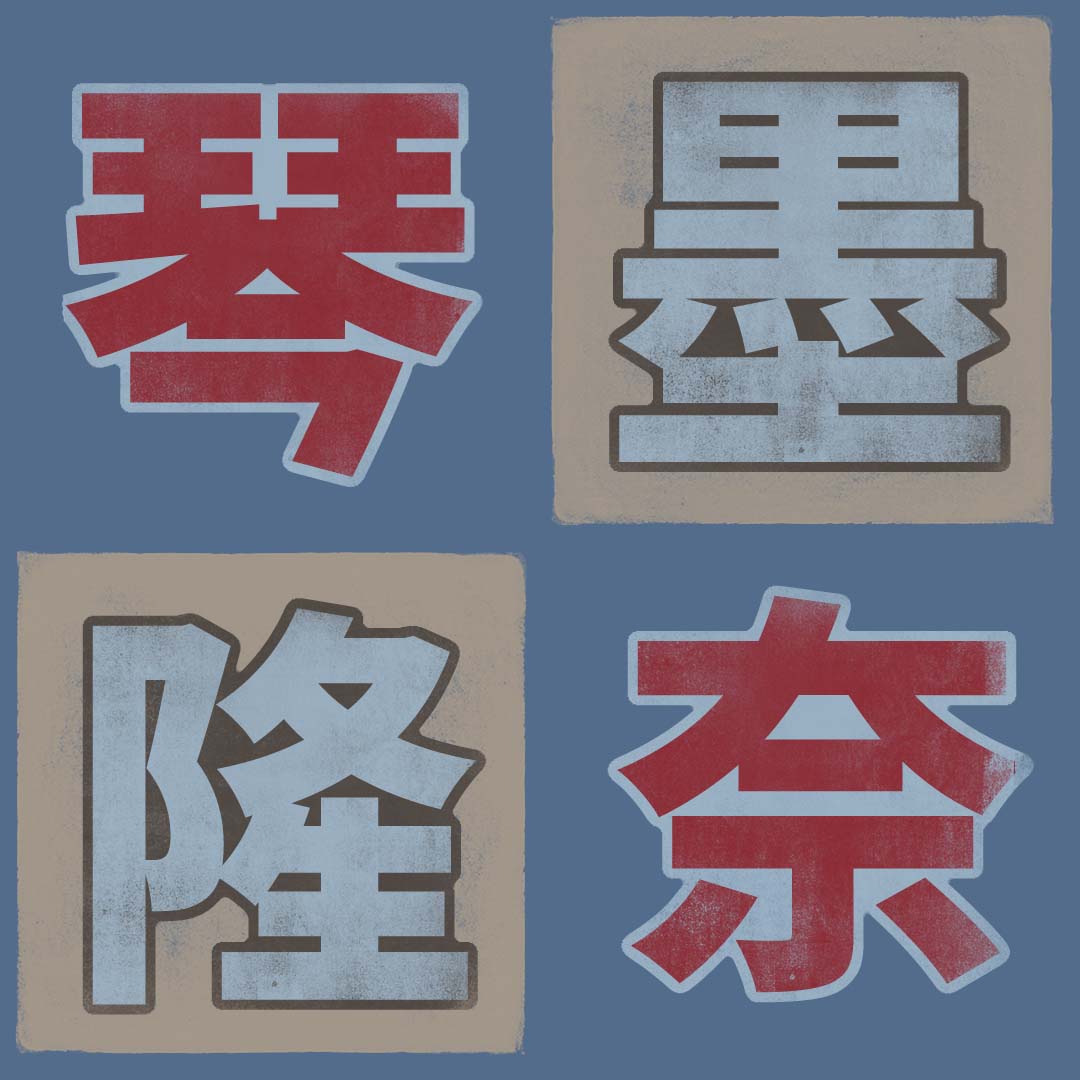
71
Ruling with an Iron Fist in the 8th Century
墾 宰 紫 庸
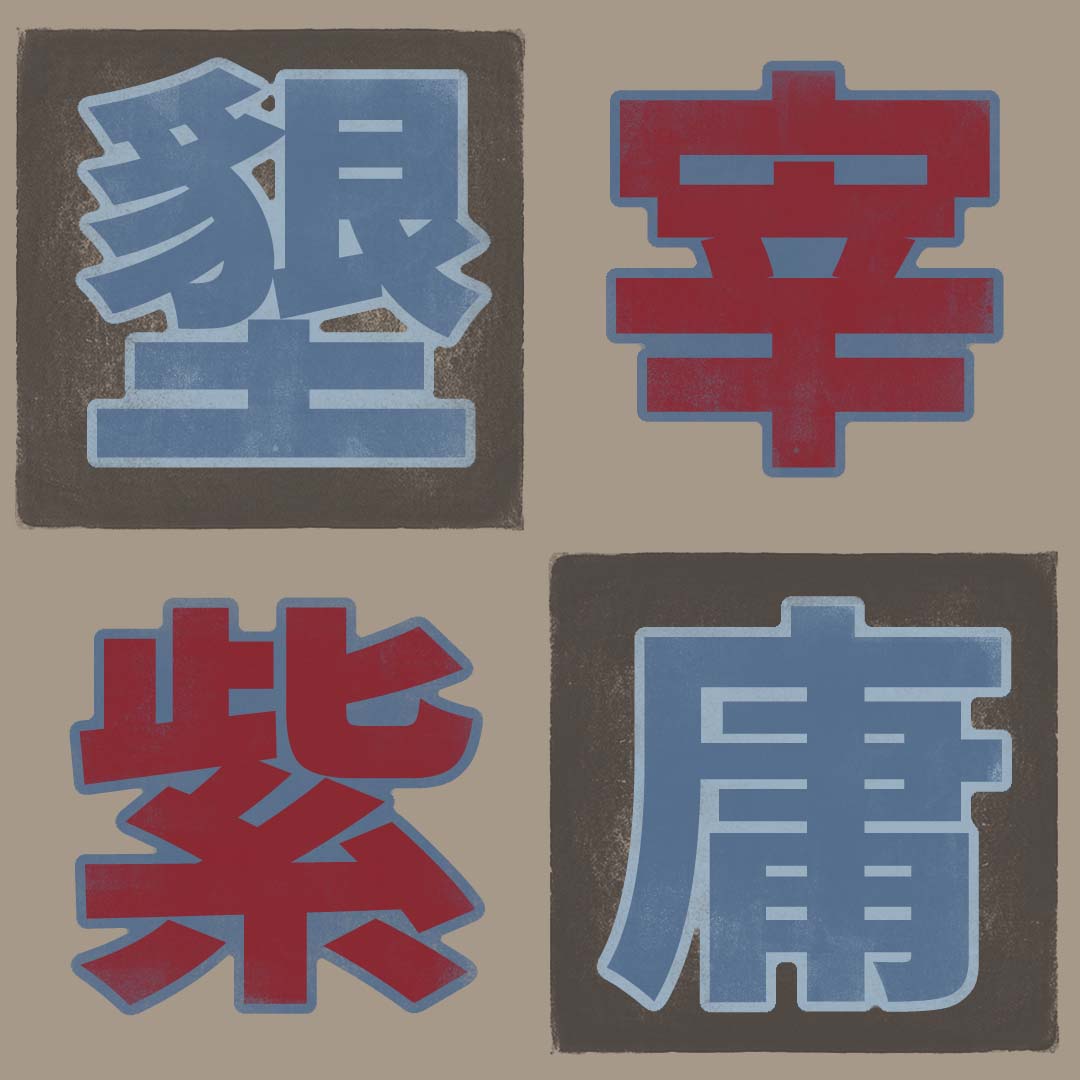
Posted: 2025-09-29,
Tags:
joy-o-kanji
kanji

Though the long-ago Jomon and Yayoi eras (c. 14,000 BCE–300 CE) could be shrouded in mystery, scholars have deduced an astonishing amount about how people lived and which needs drove them. Two new bundles show what archaeological digs have revealed and what experts know and still debate about the rival ethnic groups (the Jomon and Yayoi) who are the ancestors of the modern Japanese people.
68
Jomon-Yayoi Treasures from Trash
偶 塚 茂 椎
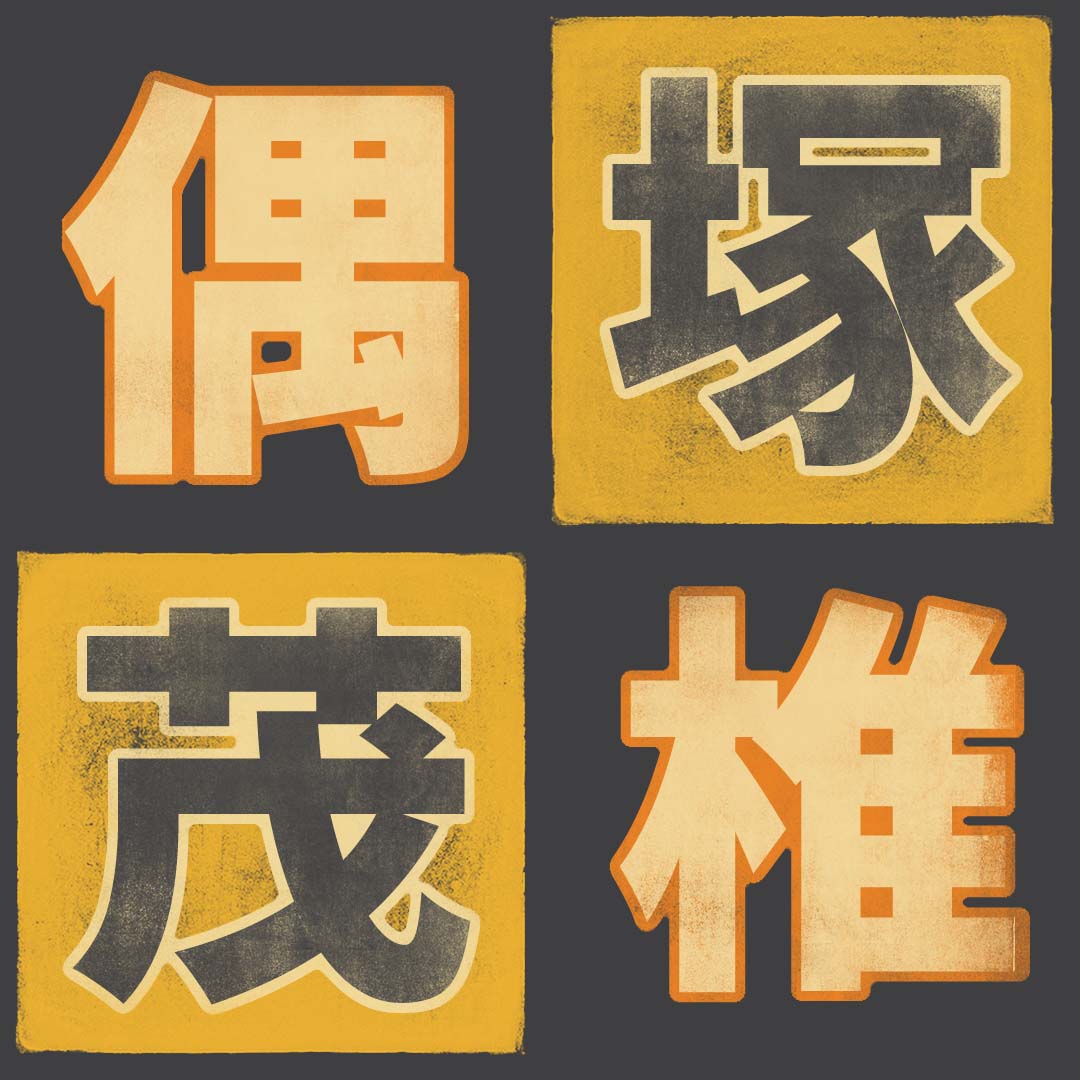
69
What Drove the Jomon-Yayoi People
稲 緻 冶 弥
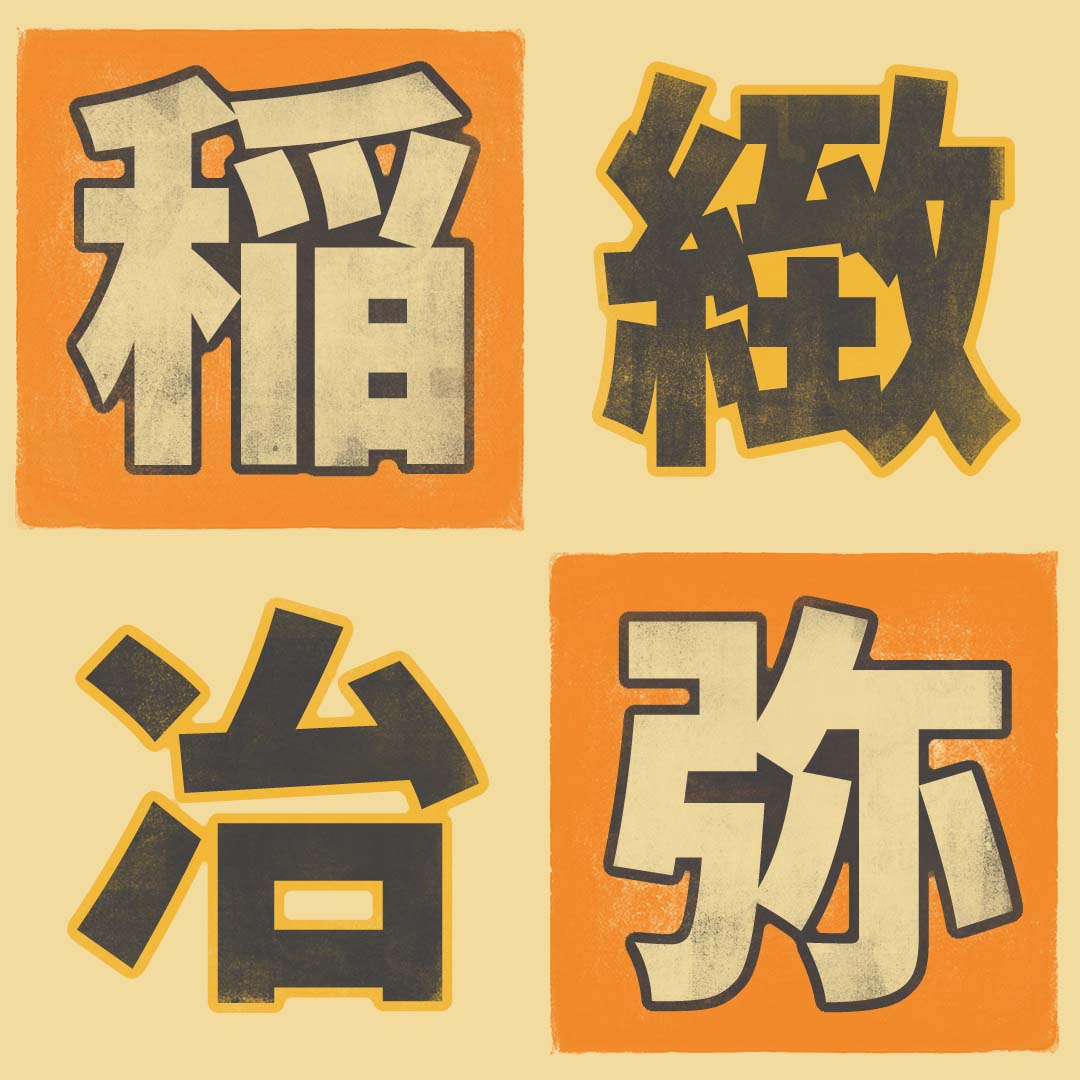
OLDER BLOG POSTS
Kanshudo is your AI Japanese tutor, and your constant companion on the road to mastery of the Japanese language.
To get started learning Japanese, just follow the study recommendations on your Dashboard.
You can use Quick search (accessible using the icon at the top of every page) to look up any Japanese word, kanji or grammar point, as well as to find anything on Kanshudo quickly.
For an overview, take the tour.
